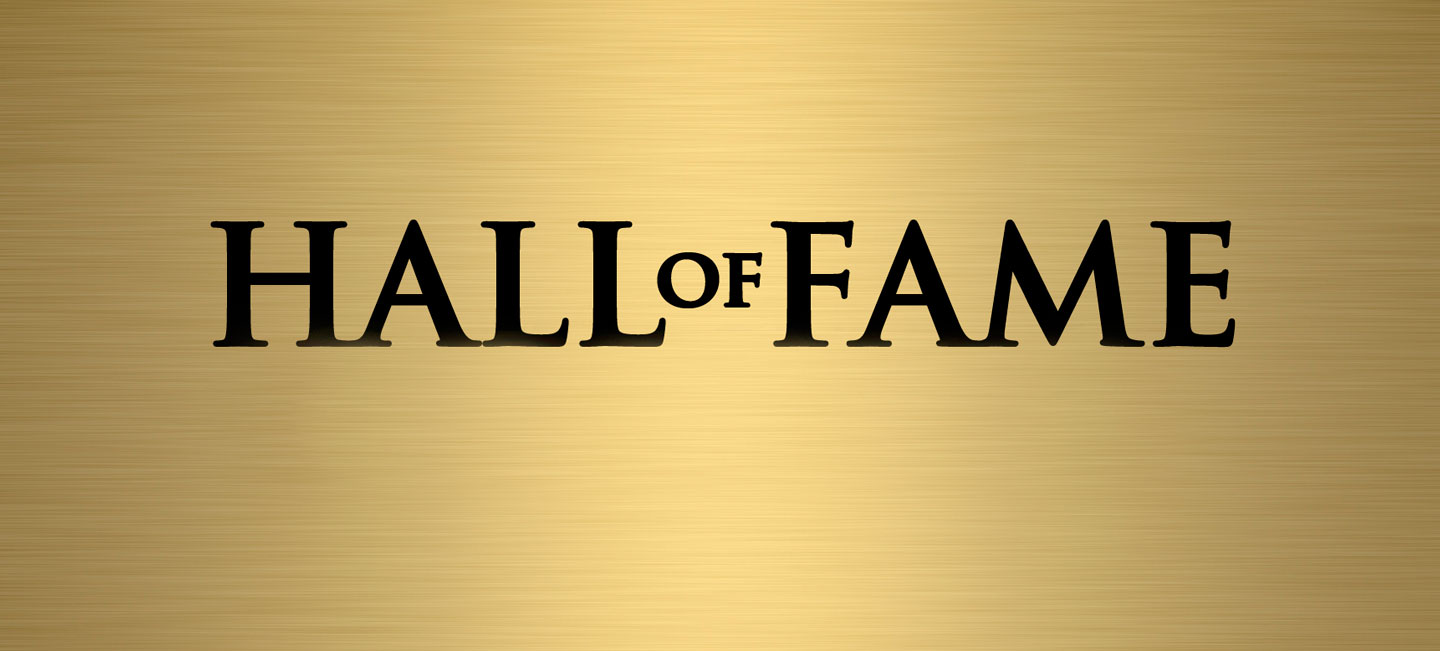As the year draws to a close, we thought we’d reflect on a some of our favourite scientific papers from 2017. There were only five entrants this year, but representing a broad range of work from across ecology and evolution, as chosen by PhD students and postdoctoral researchers from the School of Natural Sciences. So, without further ado, here are the papers from 2017 being entered into the EcoEvo hall of fame:

Carlson CJ, Burgio KR, Dougherty ER, Phillips AJ, Bueno VM, Clements CF, Castaldo G, Dallas TA, et al. (2017). Parasite biodiversity faces extinction and redistribution in a changing climate. Science Advances 3, e1602422.
“This paper got a lot of press this year as it is essentially the poster paper for the parasite conservation movement. The authors suggest that within the next 100 years, 5% to 10% of parasitic species may go extinct based on habitat loss alone and up to 24% of species are predicted to go extinct based on co-extinction with hosts. Thankfully, Acanthocephala (my study organisms) are predicted to fare well enough in the next 100 years, but it was an eye-opening analysis that provides important information to the parasite conservation cause.” Maureen Williams.
Read the full paper here.
Maureen Williams is a PhD student in Ian Donohue’s and Celia Holland’s research groups. Find out more about her work here. Twitter | @MoDubs11

Brighton CH, Thomas AL, Taylor GK. (2017). Terminal attack trajectories of peregrine falcons are described by the proportional navigation guidance law of missiles. Proceedings of the National Academy of Sciences, 201714532.
“The terminal attack trajectories of peregrine falcons are best – and exceedingly well – modelled by the proportional navigation guidance law used by most guided missiles. The authors offer a recommendation; that their observations might be directly transferable to the use of visually guided drones in the removal of other drones from protected airspace. It looks like people have been reinventing the wheel again. All they needed to do was study a natural system and make sense of it.” Dave Kelly.
Read the full paper here.
Dr. Dave Kelly is a research fellow in Nicola Marples’ research group. Find out more about his work here. Twitter | @dicaeum

Eloy C, Fournier M, Lacointe A, Moulia B. (2017). Wind loads and competition for light sculpt trees into self-similar structures. Nature communications 8, 1014.
“The magnificence of trees and the beauty of evolution. The in silico model perfectly illustrates that evolution is just information skipping down the generations. The medium in which the information takes form is just that – a medium – be it DNA or rules in computer code. Two types of tree evolved in the model, one adapted to the centre of forests, the other preferring the periphery and both with real-life analogues, how amazing is that?!” Cian White.
Read the full paper here.
This paper is accompanied by video material showcasing the models. The videos can be accessed here.
Cian white is a PhD student in Jane Stout’s and Marcus Collier’s research groups. Find out more about his work here. Twitter | @Cian_De_Faoiche

Diagne C, Galan M, Tamisier L, d’Ambrosio J, Dalecky A, Bâ K, Kane M, et al. (2017). Ecological and sanitary impacts of bacterial communities associated to biological invasions in African commensal rodent communities. Scientific Reports 7, 14995.
“I liked how this group used metagenomics efficiently to just focus on pathogenic bacteria allowing them to track multiple diseases and ignore the potentially spurious or non-informative data metagenomics can create. I am of course biased in that I also use rodent invasions in Ireland as a model system to understand pathogen dynamics, but it is great to have such well carried out study published so that results from Ireland can be directly compared to Senegal!” Peter Stuart.
Read the full paper here.
Dr. Peter Stuart is a research fellow in Celia Holland’s research group. Find out more about his work here. Twitter | @PeterdStuart

Moore JW, Olden JD. (2017). Response diversity, nonnative species, and disassembly rules buffer freshwater ecosystem processes from anthropogenic change. Global change biology 23, 1871-1880.
“I think this is my favourite paper from 2017 almost purely because of Figure 2. I have been thinking about response diversity a lot this year, but rarely have I found work that so clearly empirically demonstrates that different species or group of species respond to disturbance at different thresholds. The authors found that non-native fish were much more likely to respond positively to surrounding land development, with about 50% of non-native species being negatively affected, whereas ~80% of native fish were negatively impacted by land-use change. To me, this is such a neat demonstration of response diversity!” Sam Ross.
Read the full paper here.
Sam Ross is a PhD student in Ian Donohue’s research group. Find out more about his work here. Twitter | @SamRPJRoss
So that concludes the 2017 hall of fame entrants. Keep an eye on the EcoEvo blog for more research, commentaries and science-themed fun as it develops in 2018. Have a great new year, Sam (Editor).


One Reply to “The 2017 EcoEvo hall of fame”